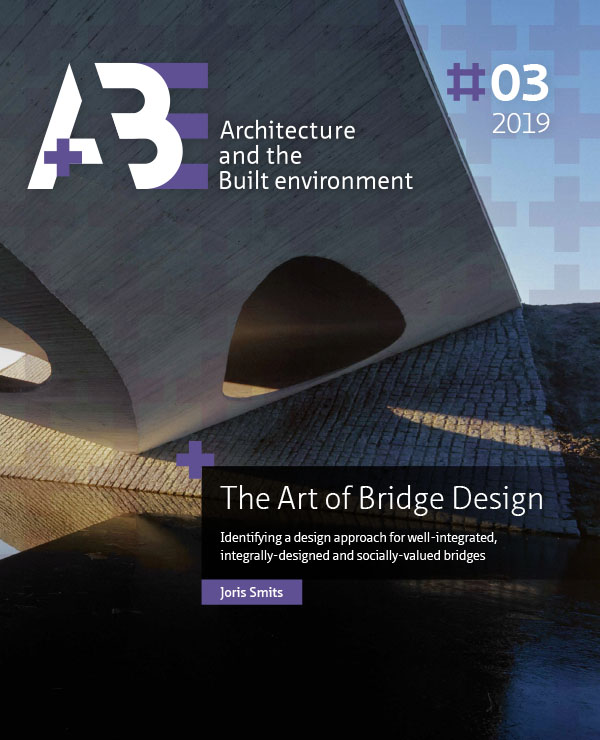Bio-based composite footbridge
Design, production and in situ monitoring
DOI:
https://doi.org/10.7480/abe.2019.3.3768Abstract
This paper deals with the design, production and monitoring of a bio-composite footbridge with a span of 14 meters across the river Dommel in the city of Eindhoven, the Netherlands. The specific bio-composite material that was used for this research is a Natural-Fibre Reinforced Bio-Polymer (NFRBP). The goal of the research is to prove that NFRBP can be applied as a load bearing structure in an outdoor environment. For this purpose, a multidisciplinary team of academic researchers from two universities, together with a manufacturer from the NFRBP industry and the Centre of Expertise Biobased Economy (CoEBBE), developed a feasible design that could be produced by unskilled hands in a short period of time and within a limited budget. The footbridge was designed, built and installed within less than one year. In the two years after the installation of the footbridge, the structural behaviour of the bridge was monitored by means of optical fibre glass strands, integrated within the structure, with the purpose of measuring deformations and change in elasticity that occur over time.

